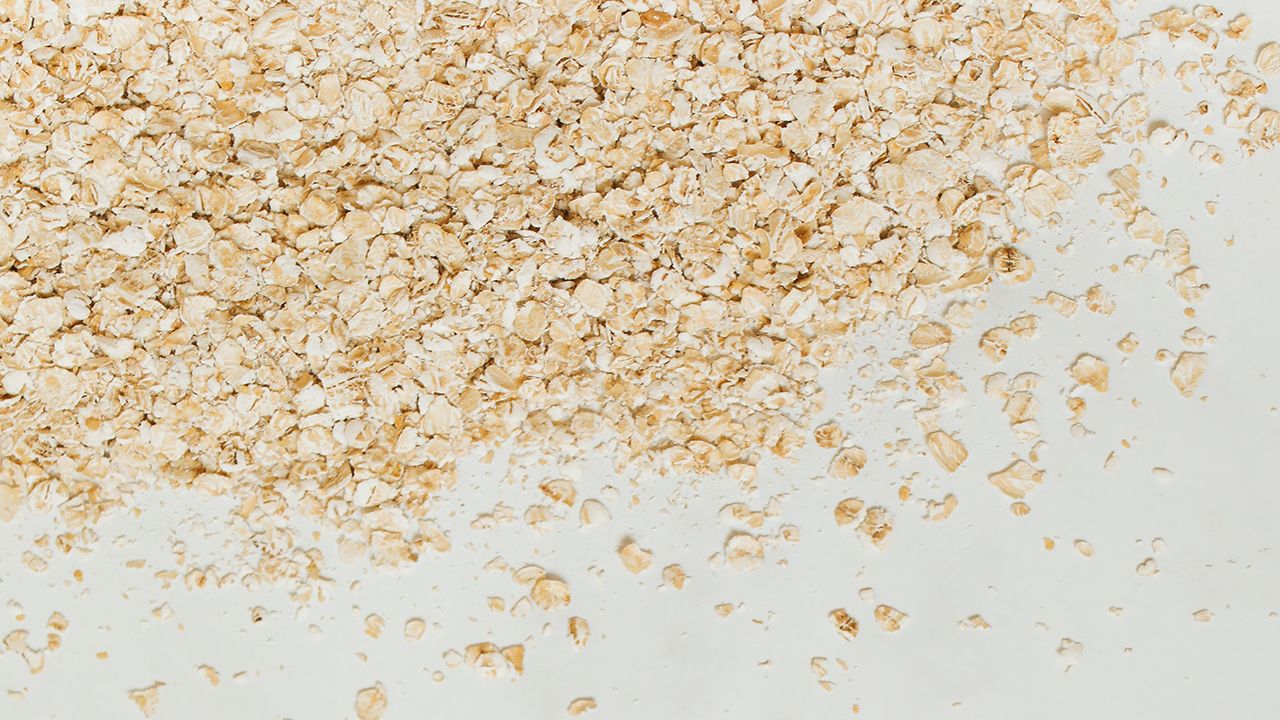CLEVELAND — A study by Cleveland Clinic researchers has identified another contributor to cardiovascular disease: high levels of niacin, also known as vitamin B-3, that was previously recommended to help lower high cholesterol levels.
The team said there was a link between 4PY, a breakdown product of excess niacin, that contributed to heart disease. High levels of 4PY circulation were strongly associated with the development of heart attack, stroke and other cardiac events, according to the study. Additionally, the 4PY was shown to trigger vascular inflammation.
The team said the research can potentially help create new interventions and therapeutics that'll reduce or prevent inflammation.
“What’s exciting about these results is that this pathway appears to be a previously unrecognized yet significant contributor to the development of cardiovascular disease,” said Dr. Stanley Hazen, the team lead and chair of Cardiovascular and Metabolic Sciences at Cleveland Clinic’s Lerner Research Institute, “What’s more, we can measure it, meaning there is potential for diagnostic testing. These insights set the stage for developing new approaches to counteract the effects of this pathway.”
Niacin is common in the Western diet, according to the Cleveland Clinic. In the study alone, one in four subjects in the patient cohorts were getting too much and had high levels of 4PY.
“For decades, the United States and more than 50 nations have mandated niacin fortification in staple foods such as flour, cereals and oats to prevent disease related to nutritional deficiency,” said Hazen.
Niacin can also be found in red meat, poultry, fish, brown rice, nuts and seeds, legumes and bananas, according to Harvard.
Hazen said the takeaway of the study is that whether there should be a mandate of flour and cereal fortification with niacin in the U.S., and that cutting out an entire intake of niacin isn't realistic.
Hazen added different forms of niacin can be found in over-the-counter supplements, which he said has gained popularity for presumed anti-aging purposes. He urges people to consult with their doctors before consuming over-the-counter supplements, and to focus on a diet filled with fruit and vegetables, avoiding access carbohydrates.
Cleveland Clinic said the study may also help explain why niacin is no longer used as a treatment for high cholesterol. While it was one of the first treatments prescribed to lower cholesterol, it was eventually proven to be less effective compared to other treatments. Cleveland Clinic states it was also associated with higher mortality rates in other research.
“Niacin’s effects have always been somewhat of a paradox,” Hazen said. “Despite niacin lowering of cholesterol, the clinical benefits have always been less than anticipated based on the degree of LDL reduction. This led to the idea that excess niacin caused unclear adverse effects that partially counteracted the benefits of LDL lowering. We believe our findings help explain this paradox. This illustrates why investigating residual cardiovascular risk is so critical; we learn so much more than what we set out to find.”
For more details on the study, click here.



